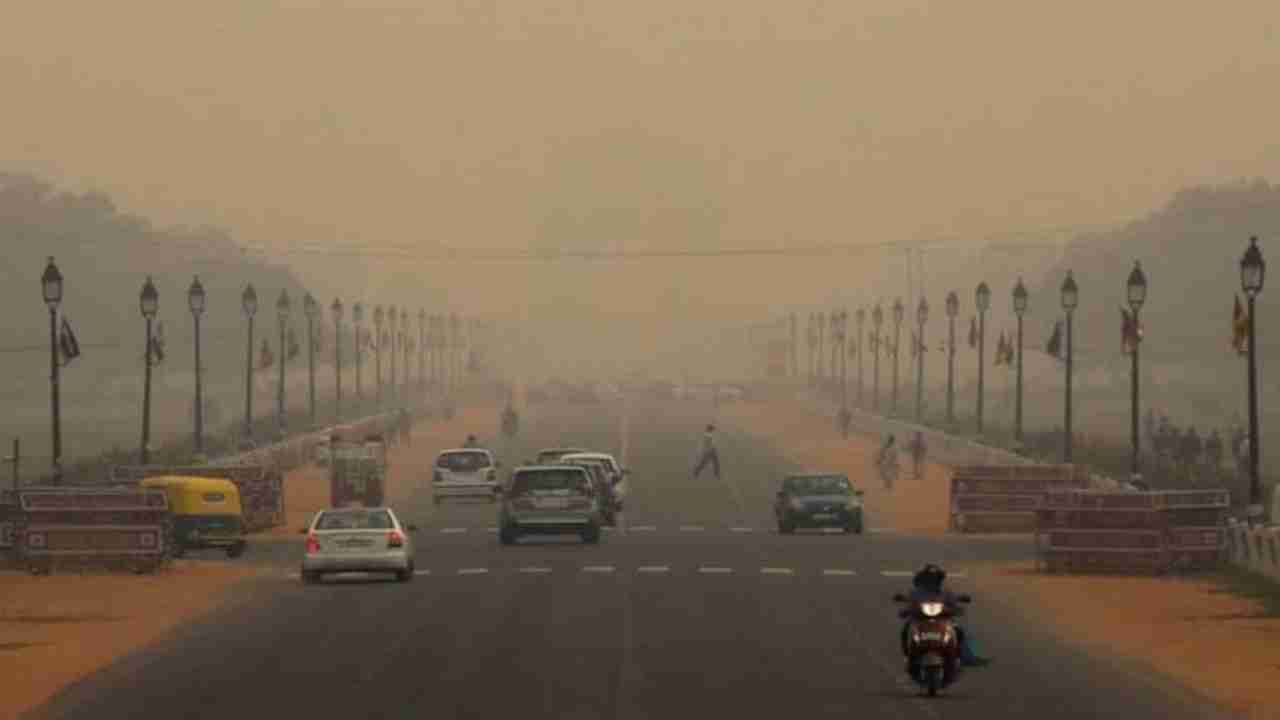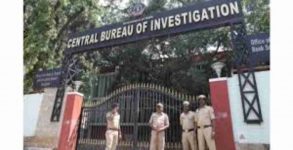The national capital, Delhi recorded its worst air quality since February on Monday as the concentration of fine particulate matters PM2.5 and PM10 increased to their highest recorded levels this season.
According to the Ministry of Earth Sciences’ Air Quality Early Warning System for Delhi, an increase in farm fires in Punjab, Haryana and neighbouring regions of Pakistan is also going to impact the air quality in Delhi-NCR.
The AQI hit the “very poor” levels at Delhi Technological University (307), ITO (315), Patparganj (307), Ashok Vihar (302), Jahangirpuri (320), Vivek Vihar (351), Wazirpur (306), Bawana (310) and Anand Vihar (312).
A senior scientist at the Delhi Pollution Control Committee said the dip in the air quality can be attributed to low wind speed which allowed accumulation of pollutants.
“Stubble burning has also increased in neighbouring states. A change in wind direction is likely to improve AQI slightly on Tuesday,” he said.
The ventilation index is the speed at which pollutants can get dispersed. A ventilation index lower than 6000 sqm/second, with an average wind speed less than 10 kmph, is unfavourable for dispersion of pollutants.
An AQI between 0-50 is considered ‘good’, 51-100 is ‘satisfactory’, 101-200 ‘moderate’, 201-300 ‘poor’, 301-400 ‘very poor’ and 401-500 is marked as ‘severe/hazardous’.
With Delhi-NCR bracing for months of poor air quality, experts have warned that high levels of air pollution can aggravate the COVID-19 pandemic.
Severe air pollution in Delhi is a year-round problem, which can be attributed to unfavourable meteorological conditions, farm fires in neighbouring regions and local sources of pollution.
According to an analysis by the Council on Energy, Environment and Water, a Delhi-based think tank, transportation contribute the most — 18 to 39 percent — to Delhi’s air pollution.
Road dust is the second-largest source of air pollution in the city (18 to 38%), followed by industries (2 to 29%), thermal power plants (3 to 11%) and construction (8%).
The Delhi government has already launched a campaign, “War against Pollution” (Yuddh Pradushan ke Viruddh) on October 9. A tree transplantation policy has also been passed in this regard in a recent Cabinet meeting.
A “green war room” with a 10-member expert team has been set up at the Delhi Secretariat to monitor the steps being taken to deal with high levels of air pollution in winters.
Starting October 15, stricter measures to fight air pollution will also come into force in Delhi and its neighbourhood as part of the Graded Response Action Plan, which was first implemented in Delhi-NCR in 2017.

















